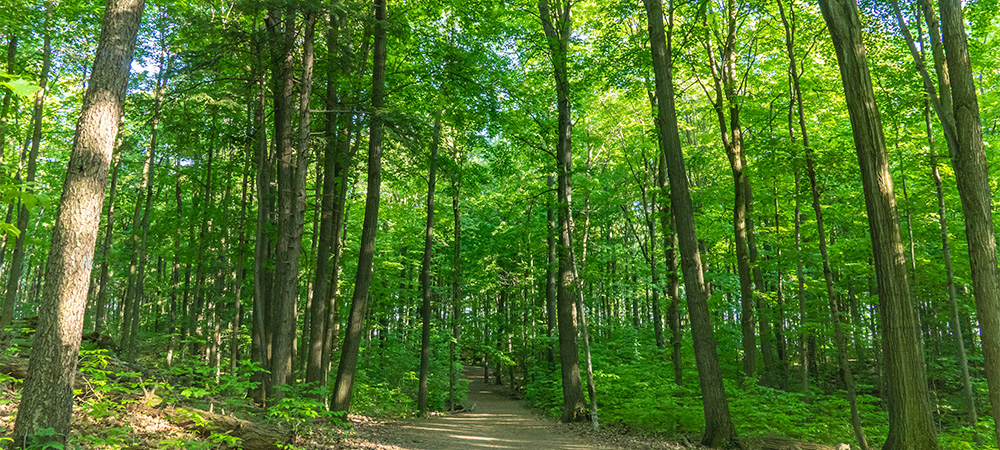600-acres uniquely designed in partnership with the University of Maryland fortified with native ecology and natural features that reduce noise, protect views and capture carbon.
Quantum Loophole, a developer of one of the first master-planned data centre communities, has announced the company broke ground on its revolutionary 600-acre Nature Reserve at the 2,100+ acre campus, Quantum Frederick.
The Nature Reserve will act as a carbon-sink onsite, enabling operation of the first carbon negative industrial-development of its kind.
Once complete, the integrated Nature Reserve will have a total of one million trees. The project kicked off with a demonstration planting in collaboration with University of Maryland (UMD) professors and students, as well as the local community. The trees have been planted in association with Global Tree Initiative (GTI), an organisation focused on advancing global efforts in reforestation. The plantings feature all-native species selected to optimise carbon capture and enhance biodiversity.
The Nature Reserve expands on the company’s Bees and Trees initiative with the local Frederick County Beekeepers and students serving as caretakers of hives within the Nature Reserve. Maryland is home to over 400 species of pollinators which are vital for maintaining biodiversity and ecosystem health.
“Working in partnership with the University of Maryland and Frederick County, we made an important promise to prioritise the revitalisation of this site, from its dirty industrial past into a place that demonstrates the potential for modern sustainable industry,” said Scott Noteboom, Co-founder and CTO at Quantum Loophole. “The nature reserve is a vital differentiator of our master planned data centre communities. By integrating our own human innovations with those of nature herself, we’re able to help industry become part of nature, versus counter to nature. By doing so, we hope to set an example not just for data centre developers, but to help serve as a blueprint for any industrial development in the world.”
Master planning enables QL to achieve its carbon neutral goals through a two-step approach. Firstly, the company enables the reduction of carbon emissions through strategic site selection and paired with diverse high criticality power infrastructure – as well as substantiating renewable primary and backup energy supply chains. Secondly, the company has established the 600-acre Nature Reserve to capture all carbon emitted onsite operationally.
“Breaking ground on the 600-acre Nature Reserve at Quantum Frederick marks a critical step towards a holistic, industrial ecology approach in data centre development,” said Dr David Tilley, Associate Professor at University of Maryland. “As these centres become integral to our livelihood and social fabric due to global increases in computing needs, the University of Maryland’s Departments of Environmental Science & Technology and Landscape Architecture, are eager to advance a partnership with Quantum Loophole.
“Together, through research on nature-based solutions and demonstration of ecologically engineered designs, we aim to establish the global gold standard for more sustainable data centre practices,” Dr Tilley added.
When the Nature Reserve is complete, it will be open to the public to enjoy scenic walking trails throughout the Quantum Frederick 3.5 square-mile development. The project is part of Maryland’s wildlife corridors network and helps play a pivotal role in preserving our environment’s natural balance.
In addition to revitalising the area with native plant species, the Nature Reserve acts as a buffer between human and industrial environments. This buffer ensures the health of the viewscape, soundscape and the community by using berms, trees and public trails to create benefits beyond traditional data centre development.



